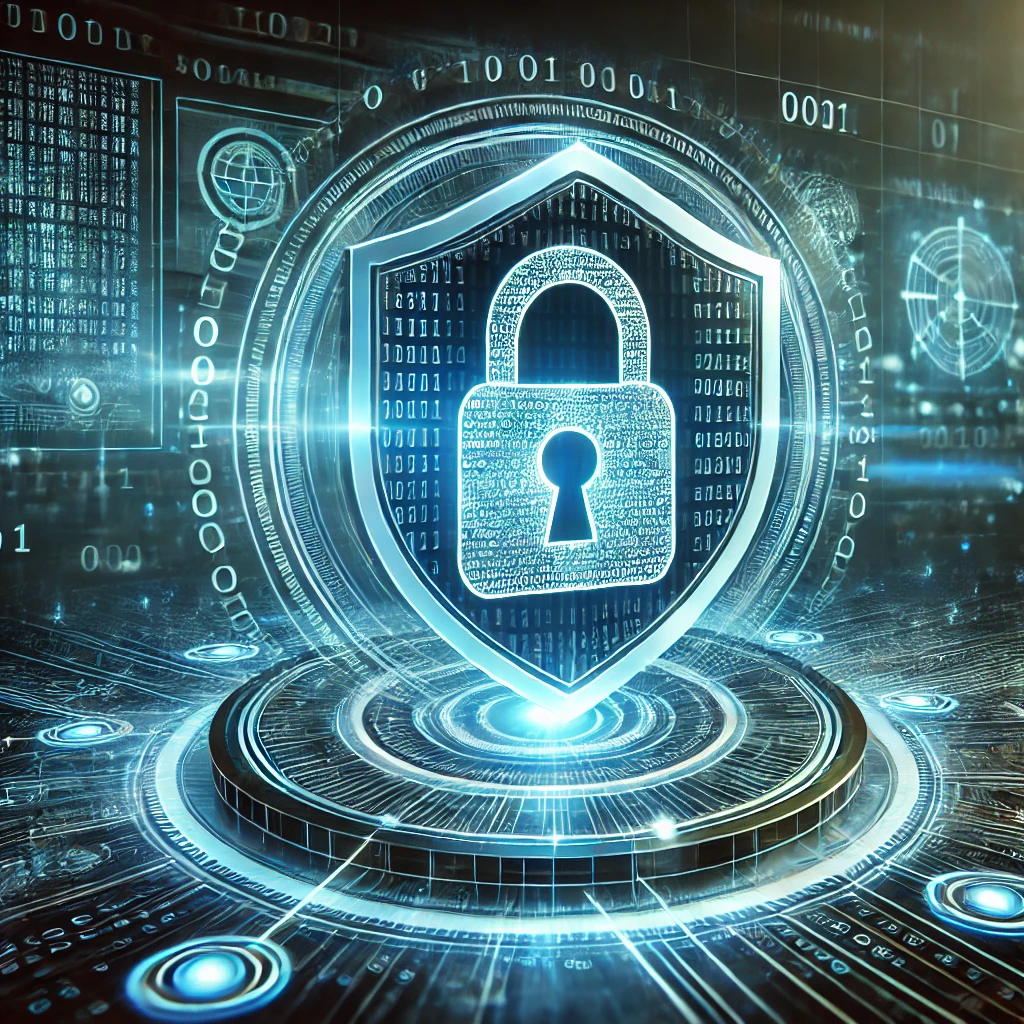So what is data Privacy well in this era, protection of users’ data is a requirement in the digital world. Cyber risks have become more complex, and therefore, platforms must be proactive to prevent unwanted access to sensitive information. One breach can erode trust completely and result in devastating financial as well as reputational loss. Therefore, effective security measures are a must to ensure that no cyber threats succeed in accessing the user’s data.

1. Use Strong Authentications
Secure authentication should be the basis of security enhancements. Two-factor authentication, for example, requires that an individual prove identity through more than one step or factor, such as passwords, security tokens, and biometrics. Organizations should also promote MFA whenever users can enable them and inform them on how the technology would prevent unauthorized access.
2. Encryption of Sensitive Information
Encryption makes sure that any leaked data cannot be read. Use AES-256 for at-rest data and TLS for data in transit. Use end-to-end encryption when sensitive communications occur to protect the privacy of all parties. An organization should use secure key management practices to protect against unauthorized access to encryption keys.
3. Regularly update and patch systems
Outdated software vulnerabilities are exploited by cybercriminals. Automate updates to ensure critical patches are applied promptly. Conduct regular vulnerability scans to identify security flaws and address them before they can be exploited. Additionally, maintain an inventory of software assets to ensure timely updates and patching.
4. Principle of Least Privilege (PoLP)
Reduce data access to lower risks for security. Manage and control access by implementing role-based access control (RBAC). Ensure user permission reviews are conducted regularly and that employees can only have access to what will enable them to do their job functions effectively. Retiring access privileges that people no longer need minimizes the rate at which internal threats manifest.
5. Securing API Endpoints
APIs are one of the most common attack targets. Secure them by enforcing authentication, using rate limiting, and implementing OAuth 2.0 and API gateways. Regular audits help detect anomalies. Ensure that API responses do not expose unnecessary data and adopt secure coding practices to prevent vulnerabilities such as SQL injection and cross-site scripting (XSS).
6. Use Secure Password Policies
Enforce complexity rules for creating strong passwords. Store passwords securely by using hashing techniques like bcrypt or Argon2. Provide password managers and suggest periodic update of passwords. In addition, implement account lockout mechanisms to guard against brute-force attacks and monitor login attempts for suspicious activities.
7. Perform Regular Security Audits
Prevents exploitation before it happens. Penetration testing, code reviews, and scanning should be done to strengthen security position. The ethical hacker may be able to provide more insight for improvement. It will help to ensure that policies and procedures are followed, thus lessening the chance of a breach of data.
8. Monitor and Log Activity
Real-time monitoring and logging can also help to recognize suspicious activity. Security information and event management (SIEM) systems gather insights from logs and send warnings for potential security incidents. Real-time alerts create the possibility of quicker responses to security threats and avoidable damage. Logs can also be used regularly to identify trends and attack vectors.
9. Educate Users and Employees
Human errors is one of the leading cause of data breaches. Educate users about phishing attacks and best security practices. Train employees on data security policies to reduce internal threats. Conduct regular security awareness training and phishing simulations to reinforce good security habits and ensure employees can recognize and report potential threats.
10. Comply with Data Protection Regulations
Ensure compliance with laws such as GDPR, CCPA, and HIPAA. Adhering to legal requirements enhances security and builds customer trust. Implement data minimization strategies and allow users to control privacy settings. Review regularly for compliance upholds new regulations and punishes the organization less.
Conclusion
Securing user data requires a multi-layered approach. Strong authentication, encryption, access controls, and continuous monitoring help protect user information. Educating employees and users strengthens data security culture. Organizations that prioritize security not only prevent breaches but also foster long-term customer trust and enhance their business reputation. By staying ahead of cyber threats and implementing best practices, businesses can ensure the confidentiality, integrity, and availability of user data.
